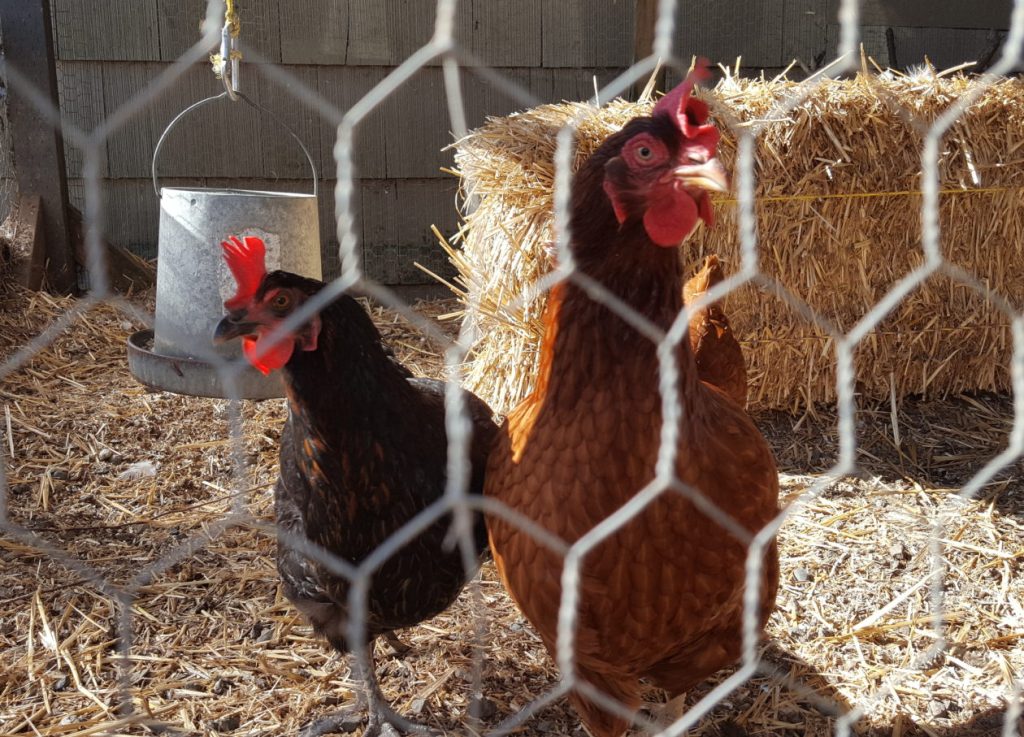Understanding Zoonotic Vaccination Risks
Introduction: Understanding Zoonotic Disease Origins
Chickens can indeed transmit various zoonotic viruses that affect humans, including Avian flu and others. These viruses originate from non-human sources but can jump into the human body, posing a significant threat. Understanding where these hotspots may lie is essential for developing strategies to prevent pandemics.
Current Research on Predictive Tools
Recent advancements, such as a machine learning model developed by researchers at Washburn University, employ multiple factors to identify potential disease hotspots. These factors include environmental conditions, host behaviors, and interactions with human populations. The model aims to predict which animal species are at risk of transmitting such viruses to humans.
Current Work: Orthopoxviruses and Hotspots
The researchers focused on orthopoxviruses, a group of pathogens causing diseases like smallpox and mpox. Their model narrowed down hotspots to species such as rodents, dogs, and cats, though they noted that rats are less affected due to their resistance to mpox. This information is crucial for health officials to target high-risk areas effectively.
Challenges in Prediction and Categories
Other factors complicate predictions, such as variations in zoonotic disease types. Some viruses, while appearing similar, may have completely different biological behaviors or incubation periods. This research highlights the complexity of predicting hotspots accurately, with multiple potential outcomes complicating effective strategies.
Limitations and Cautions
Beyond the ability to predict hotspots, the current approach lacks 100% accuracy. It’s possible for other species to become hotspots that are similar but different in nature. Success becomes unclear when cross-species differential patterns are encountered, underscoring the need for more comprehensive studies.
Conclusion: The Future of PandemicPrevention
Ongoing research into zoonotic diseases and predictive models provides a clearer route to enhancing preparedness. As these technologies evolve, even though there may be uncertainties, they offer a potential pathway for mitigating the spread of diseases like bird flu and orthopoxviruses. Continuous improvement is key to preventing future pandemics.















